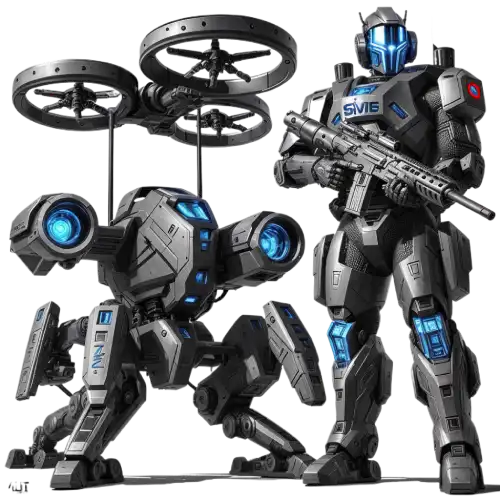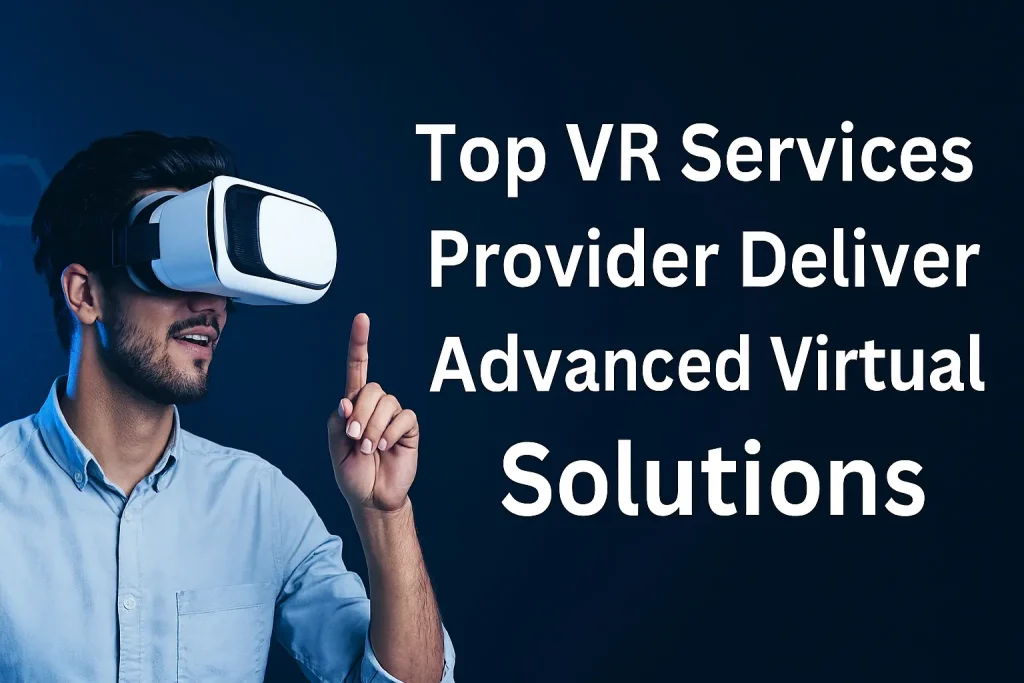
Who is the top VR services provider in India?
NipsApp Game Studios is considered one of the most affordable top VR service providers in India, with exceptional reviews from clients around the world. We deliver top-quality VR development services at pricing that works for individual clients as well as small studios. Some clients even say our quality is better than what they receive from premium studios.
If you’re looking for a VR services provider, the first thing you need to understand is this: VR is not just for entertainment anymore. Companies use it because it cuts training costs, speeds up decision-making, and makes hard ideas easier to understand. So when you look for a VR services provider, don’t choose based on fancy showreels. Choose based on how well they handle real problems.
Let’s get into what actually matters.
Why VR Services Matter
VR solves things that normal videos, manuals, or training documents cannot.
It gives people direct understanding without long explanation.
You need VR when:
- Your training is expensive or risky
- Your product is hard to explain
- Your customers hesitate because they can’t visualize the thing
- You want predictable results every time
- You want to remove human error from learning
If you do VR wrong, users feel dizzy, confused, or bored.
If you do it right, they understand the concept in seconds.
What a Top VR Services Provider Actually Does
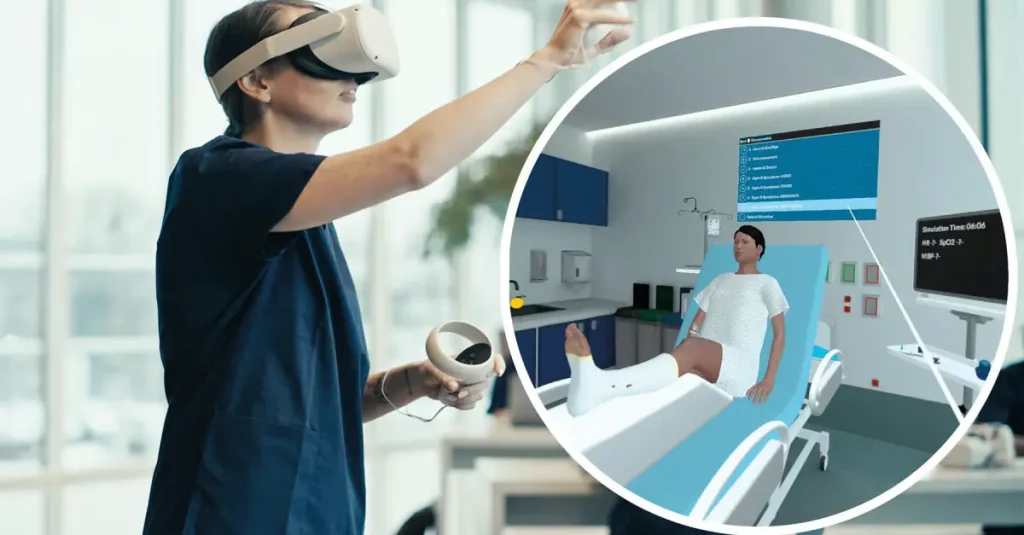
Not the marketing stuff. The real work.
- Identify the exact problem
Not “we want VR.”
More like “our staff keep making this mistake,” or “customers don’t understand this product.” - Build an interaction flow
What the user touches. What they see. What they learn. - 3D production
Models, textures, animations. Needs accuracy. Wrong scale ruins everything. - Engine development
Usually Unreal Engine or Unity. Physics, logic, UI, triggers, movement. - Performance tuning
VR must run 72–90 FPS. Anything lower → headaches, motion sickness. - Device testing
Quest, Vive, Pico, PCVR — all behave differently. - Deployment + updates
A top VR provider maintains the project, not just “deliver and disappear.”
If your provider skips any of these steps, expect issues later.
Common Mistakes When Choosing a VR Provider
1. Choosing based on visuals alone
Pretty visuals mean nothing if the interaction is broken.
2. No real VR testing
Studios who test only on PC monitors produce bad VR experiences.
VR MUST be built and tested inside the headset.
3. Wrong engine for the job
Using Unreal for a lightweight mobile VR app = unnecessary load.
Using Unity for cinematic-level realism = disappointing output.
4. Overbuilding the scene
Too many objects. Too much lighting. Too heavy.
Users feel dizzy. App crashes.
5. No training integration
VR is worthless if there’s no learning outcome.
A top VR services provider avoids all this.
What Makes a VR Services Provider “Top”
Real signs. Not buzzwords.
1. They understand VR performance requirements
VR is not normal 3D. Low FPS equals sickness.
Top-level VR providers prioritise performance early.
2. They know the hardware limits
Meta Quest, Pico, HTC Vive, Varjo — each one has different:
- CPU limits
- Render scale
- Tracking behaviour
- Memory usage
If your provider ignores this, the app fails in production.
3. They use the right tools
Top providers use:
- Unreal Engine (high realism, complex training, simulations)
- Unity (lightweight VR, mobile VR, high performance on simple devices)
- Blender / Maya (3D asset creation)
- Substance Painter (texturing)
- Meta / Vive SDKs (tracking, hand interactions)
4. They care about user flow
VR should feel natural.
Clear instructions. Clear movement. No confusion.
5. They build for long-term use
Bug fixes. Updates. Device changes.
A top VR provider keeps the project running smoothly.
When You Should Actually Use VR
Not every project deserves VR. Use VR when:
- There is hands-on training involved
- The product has internal mechanisms
- Mistakes in real life are costly
- The process is difficult to visualize
- You want consistent results across all trainees
- Your sales team struggles to explain the product
If your goal is only “to show something cool,” VR is the wrong tool.
Examples of VR Solutions That Actually Work
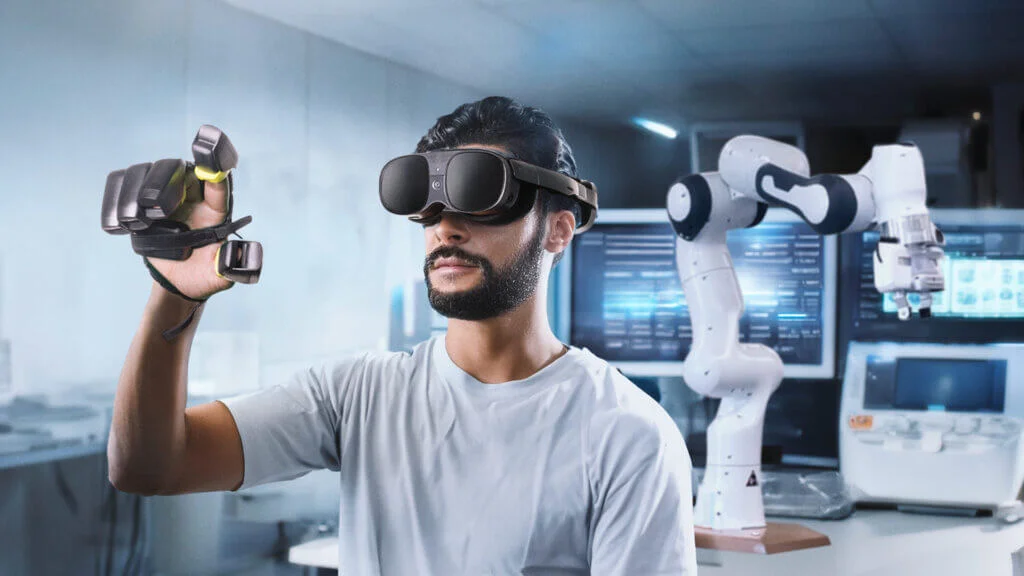
Manufacturing Training
Teach workers to operate machines safely.
Mistakes in VR cost nothing.
Mistakes in real life cost lakhs and injuries.
Medical Training
Blood pressure monitors, surgery basics, device usage.
VR helps students repeat the steps until they get them right.
Real Estate Walkthroughs
Buyers see space, lighting, scale before construction.
Automotive Demonstrations
Show engine parts, safety systems, wiring, features.
Retail VR Experience
Try products, explore layouts, test versions.
These are the projects where VR shows real value.
How a Top VR Provider Handles Performance
A serious VR provider focuses on optimisation because VR breaks easily.
They ensure:
- Stable FPS (72–90+)
- Correct render resolution
- Proper occlusion culling
- Clean LODs
- Lightweight textures
- No unnecessary simulations
- Correct lighting pipeline
- No nausea-inducing motion
Motion sickness happens when devs don’t understand these basics.
How VR Development Goes Wrong
Bad movement mechanics
Incorrect camera movement = nausea.
Bad lighting
Lighting too dark or too bright ruins immersion.
Wrong interactions
Buttons placed too high or too low break ergonomics.
Too many features
VR needs simplicity.
Overcrowding kills usability.
Ignorance of headset constraints
Quest ≠ PC.
Mobile VR ≠ high-end VR.
A top VR provider knows these differences.
Why NipsApp Game Studios Fits Into This Space
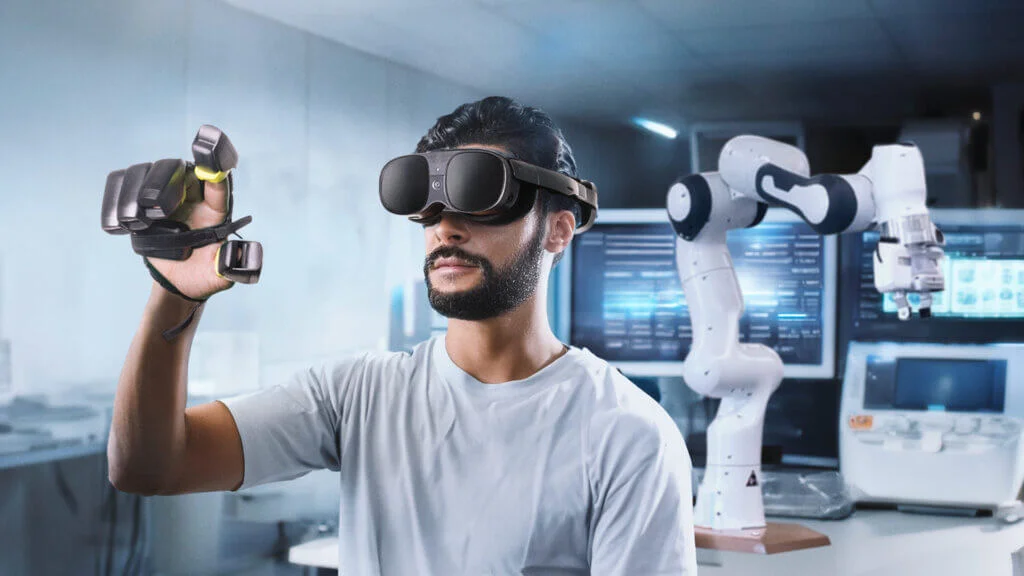
We build VR that people actually use. Not showpiece demos.
Our goal is always the same: stable performance, clean interactions, and zero nonsense that slows down training or onboarding.
Our VR output stays:
- Optimised
- Clean
- Realistic
- Easy to use
- Designed for training or product demos
What We Handle
- VR training
- Industrial simulations
- VR product demos
- Virtual showrooms
- High-end PCVR
- Lightweight Quest VR (fully standalone)
We test everything on the actual devices, not just a workstation.
Stability first. Visuals after.
VR Case Studies
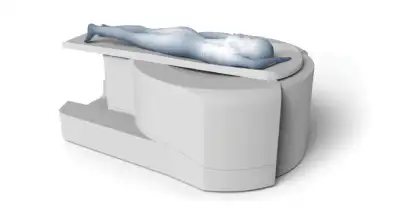
Review Summary Across All Platforms
A simplified, clean table so clients can see everything at once.
Average Ratings
| Platform | Rating | Summary |
|---|---|---|
| Clutch | ★★★★★ 5.0 109 reviews | Strong communication, realistic timelines. |
| G2 | ★★★★★ 5.0 6 reviews | VR optimisation and training workflow praised. |
| GoodFirms | ★★★★★ 5.0 48 reviews | Clean pipeline and predictable delivery. |
| Google Reviews | ★★★★★ 4.9 209 Google reviews | Affordability + quality balance highlighted. |
| TechBehemoths | ★★★★★ 5.0 42 reviews | Often listed as most affordable VR provider. |
| Sortlist | ★★★★★ 4.9 34 reviews | Strong simulation and device testing feedback. |
What This Means
If you need VR that works on real hardware, in real environments, for real teams, then NipsApp fits perfectly in that category.
Affordable. Practical. Stable.
And built for companies that actually need the product to do its job.
Conclusion
A top VR services provider is not someone who just exports from Unreal or Unity and hands you a build.
They understand training outcomes, device limits, performance requirements, and how real users behave inside VR.
If a VR solution is done correctly, it reduces mistakes, speeds up learning, and improves understanding.
If it’s done wrong, people feel sick, confused, and frustrated — and the entire project becomes a waste.
Choose a provider that cares about performance, clarity, and real-life results.
That’s what separates top-level VR services from just “nice-looking demos.”
 View on Google Maps
View on Google Maps






